In just 2 years, I grew from 50,000 to 1,000,000, all thanks to the '15-minute candlestick ultra-short strategy,' the most profitable trading method in the stock market, regarded as the essence of stock trading!
The '15-minute moving average strategy' is very suitable for volatile markets and helps with buying low and selling high! We focus on short-cycle turning point judgments every day and make corresponding operations, with the aim of achieving profits through low buying and high selling in small cycles!
The purpose of the 15-minute candlestick strategy: This method is not designed for you to make big money through trading. Its role is to deepen your understanding of familiar stocks in a highly variable environment. By operating through small waves, you can firmly grasp the stock, earn small price differences, and reduce the costs incurred from holding the stock long-term.
15-minute K-line strategy specific methods:
Identify your operational signal indicators. Here, the author introduces two types of signaling methods,
A. A method using moving averages, you set a 21-day moving average and a 5-day moving average on the 15-minute K-line chart. When you see the 5-day line crossing above the 21-day line, that is a buying signal; there are two selling methods: generally, when you see the 5-day line crossing below the 21-day line, you must decisively leave; in special circumstances, if the daily KDJ's J value of that stock reaches 100, and you see the stock price below the 5-day moving average, you can consider selling and leaving. However, if the 5-day moving average crosses below the 21-day moving average, you must leave decisively.
B. Another way to use trading analysis software is to see the B point to enter and definitely exit at the S point.
Key points of the 15-minute K-line strategy:
1) This operation, where buying and then selling occurs on the same day, is not very common, but if it happens, the next day you should also decisively stop-loss and leave.
2) This method is only suitable for using a small part of the total funds for operation.
3) This method is only used when the market is unstable.
4) This method is generally used for individual stocks that one has been trading long-term or occasionally seizing strong stocks. When trading your long-term stocks, it is also required that even if there is a buy signal now and the price is higher than when you sold, you must still buy. Otherwise, you will miss the stock.
5) The discipline of this method is very important, and one must not violate the established discipline. Otherwise, the consequences could be serious.
I have organized 6 diagrams for everyone, each one is packed with useful information, if you find it helpful, feel free to save it!
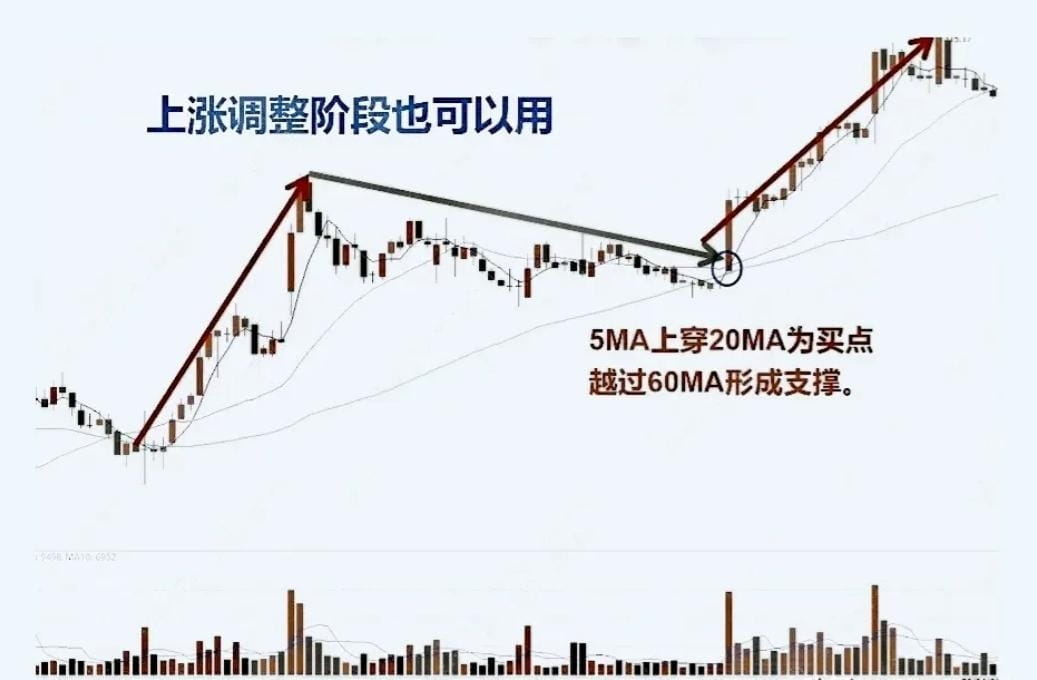
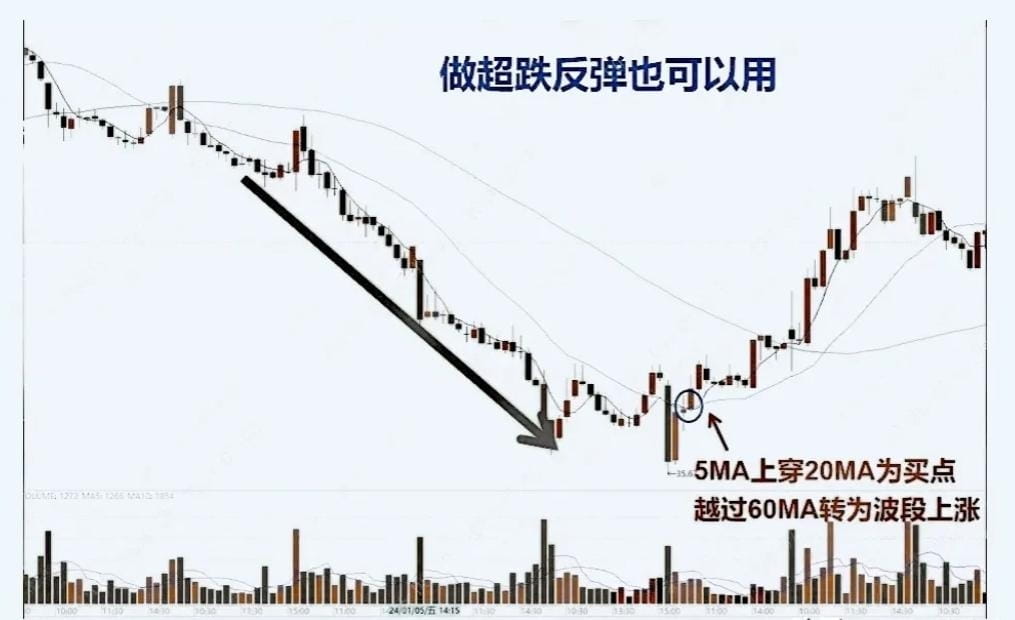
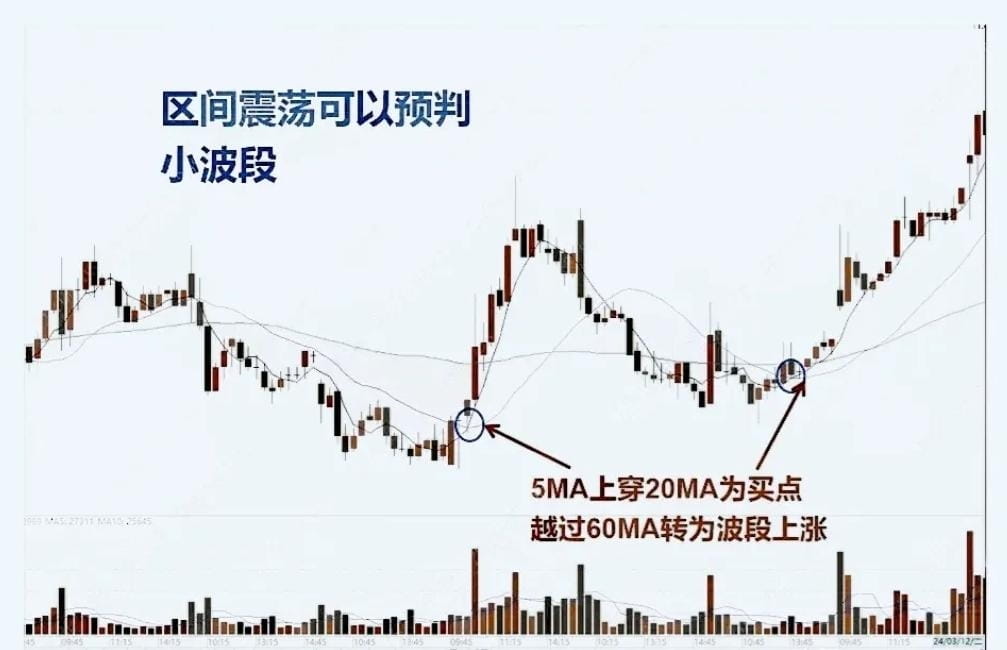
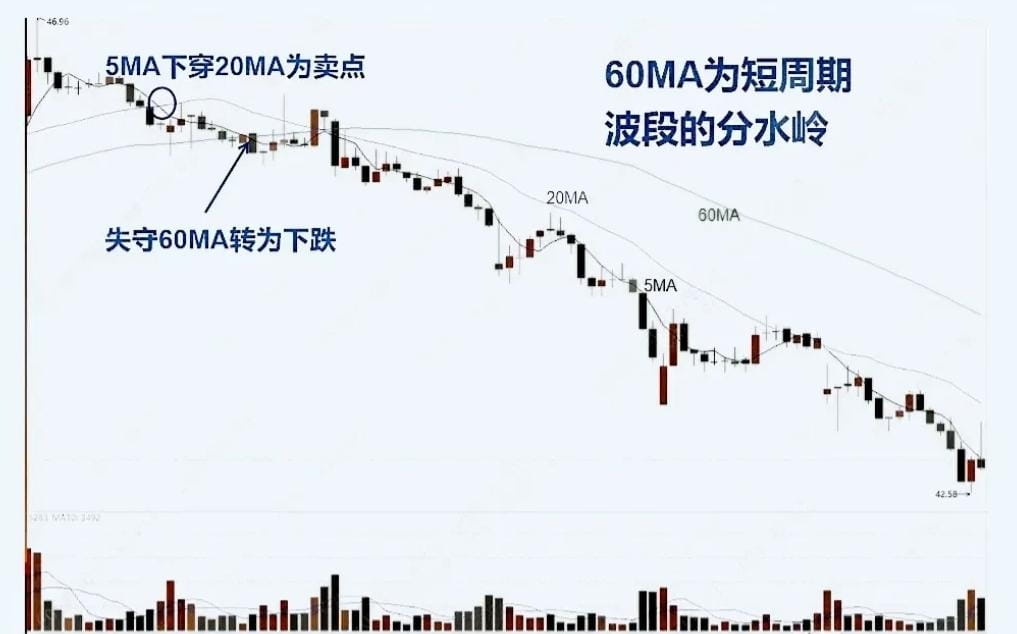

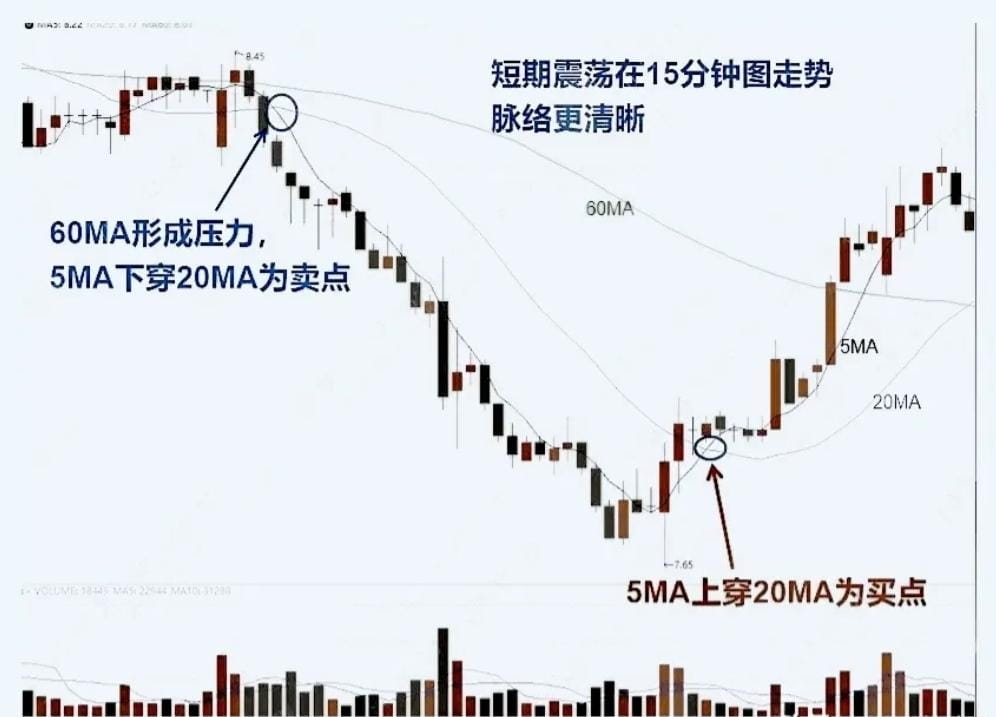
As long as you achieve the following 3 non-participations and 1 participation, rapid growth of small funds is not a problem! Stock trading has shortcuts! Whether you are an experienced investor or a new one, you must carefully read this article! Understanding it thoroughly can help you avoid 5 years of detours!
The advantage of retail investors in stock trading is small capital, allowing for anytime entry and exit! To double in the short term, one must make good use of this advantage! Time, however, is a disadvantage for retail investors, and time costs must be considered!
The main force's bottom building involves various techniques! Suppressing and accumulating shares, fake breakdowns to accumulate, stealthy declines to accumulate, and sideways accumulation are strategies that can catch people off guard! If the main force has not accumulated enough chips, you entering is just a waste of time, being led by the main force. Remember, small funds also have time costs! When the main force is washing, their techniques resemble unloading, making it hard to distinguish between the two! Entering early is also anxiety-inducing; it's better to be a bystander!
3 non-participations and 1 participation
1. Do not participate in the main force's bottom building!
During the main force's building phase, there are many uncertainties to face, and the time required and whether the building can be successful are unknowns. For stock investors, this uncertainty must be avoided!
2. Do not participate in the main force's consolidation!
Common consolidation patterns include triangular, wedge, and flag formations. This is a common trend after the main force has pushed up a wave. During this stage, the main force needs to digest profitable chips, lower holding costs, and redeploy funds, which takes time. Not participating can reduce time costs and avoid wasting many opportunity costs.
3. Do not participate in the main force's washing process!
When the stock price starts to decline, it is hard to distinguish whether the main force is washing or unloading. To prevent standing guard at high positions, retail investors should not participate in the washing process. After the stock price declines for a while, one can judge whether the washing is over based on trading volume and moving average patterns before deciding to enter!
4. Only participate in breakthrough markets!
After the main force's building is completed, it will quickly break away from the cost zone, and breaking the neck line is a signal. The end of consolidation means the main force is also preparing for a rapid rise, and breaking through the upper track of the consolidation pattern is also a signal. These breakout signals are excellent entry opportunities for retail investors.
Everyone knows that the actual time a stock rises is very short, most of the time it will be in fluctuations and decline. Retail investors must learn to make choices and give up some, only trading during the rising phase of the market to enable small funds to grow quickly!
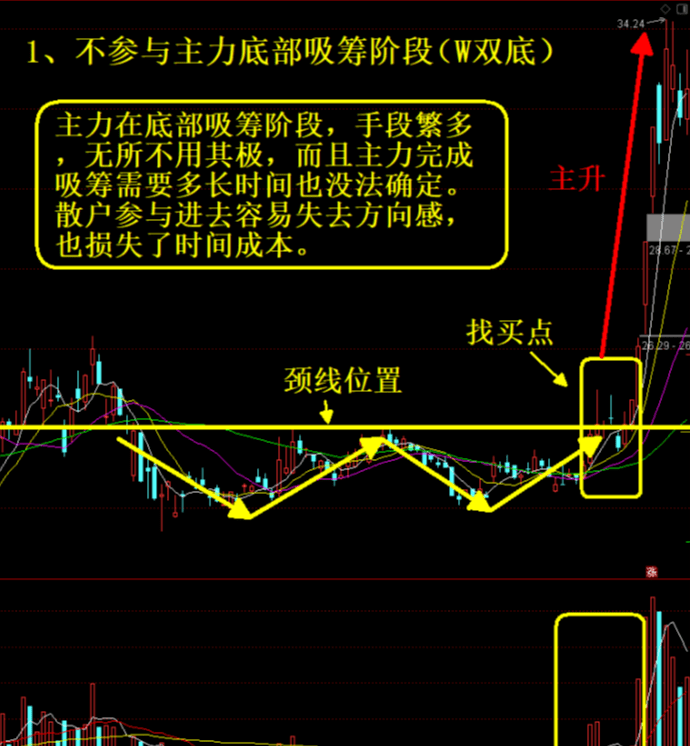

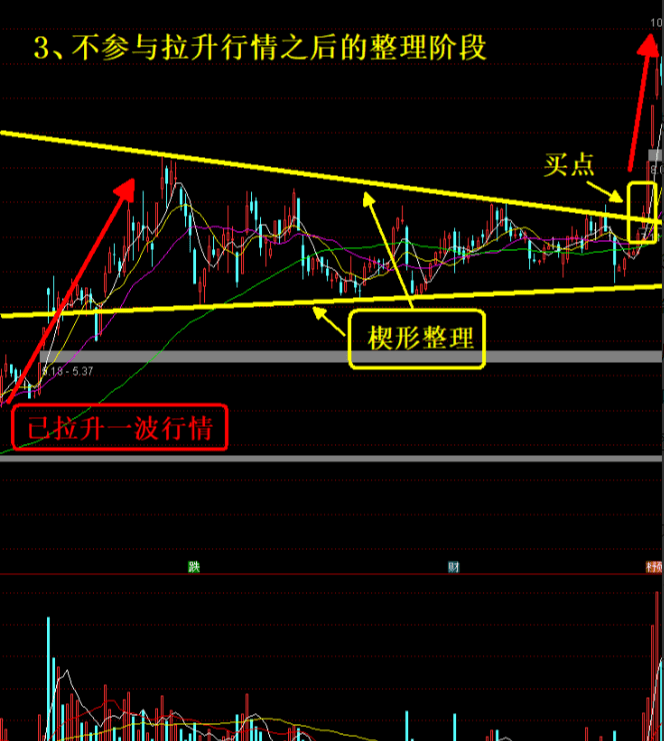
 For retail investors, small funds aiming to grow large, short-term trading is the fastest and most effective way, but if you can't do it well, please save this article, you will achieve a qualitative leap!
For retail investors, small funds aiming to grow large, short-term trading is the fastest and most effective way, but if you can't do it well, please save this article, you will achieve a qualitative leap!
Many retail investors face the following 3 problems:
1. Unable to select stocks, unable to grasp buying and selling points
2. Unable to build positions in batches, only able to rush in with full positions
3. Unable to sell high
Learn these 3 points, and then short-term trading will become very simple. Key points are as follows:
1. The stock must be a recent hot topic. The circulating market value of the selected stock should not be too small or too large, with 6 billion to 100 billion being ideal.
2. The stock price must not fall below the 60-day moving average for long-term stocks, and cannot fall below the 30-day moving average for short-term stocks after a limit-up pullback, and the first limit-up starting point must not be breached, gradually entering from the 5-day moving average to the 10-day moving average.
3. Find the characteristics of stocks with upward trends:
The stock has already risen by a certain percentage, such as around 20%, with volume like small mounds, continuously and gently increasing. Moreover, there has been an obvious upward trend characteristic, like rising along the 5-day line.
With these three characteristics, common short-term buying techniques include: buying low along the 5-day to 10-day moving averages, buying trend first negative K-lines, and buying low volume bottom-fishing K-lines.
The first buying point is very common, as long as you do not chase high prices, you can approach the 5-day line to find the buying point.
The premise for the second buying point is that there must have been a series of 3 to 5 consecutive bullish days before the first negative appears as the buying point.
The third buying point is the best, buying low volume K-line, low volume is also the lowest volume at that time, generally around half of the previous volume, and often the low volume K-line has a long lower shadow, which is equivalent to a double buying signal. The third buying point has the highest value. For high selling, just pay attention to two points: first, increased volume but the stock price is stagnant, the main force begins to retreat. Second, the overall environment is bad, with too many limit-downs in the market.
Retail investors usually start with small funds for trial investments, but when the stock rises significantly, they become reluctant to leave, always thinking it will rise further. If it suddenly drops, they are even less inclined to sell, and over time this may turn short-term trading into long-term holding and long-term contributions. Only continuous practical summaries can keep one at the forefront of the market!
After more than ten years of stock trading, mastering this technique makes it easy to grasp wave trends, find strong stocks, and buy at the beginning of a stock's rise, without getting stuck at the highest point!


I can selflessly share my stock trading methods with everyone, I can only act as a passerby, after sharing, how this path goes depends on each investor's own grasp.
I am Xiao Yue, a professional analyst and teacher, a mentor and friend on your investment journey! As an analyst, the most fundamental thing is to help everyone make money. To solve confusion and solve positions, let actions speak louder than words. When you are lost and don’t know what to do, follow Xiao Yue, and I will point you in the right direction#币安合约实盘 $ETH
